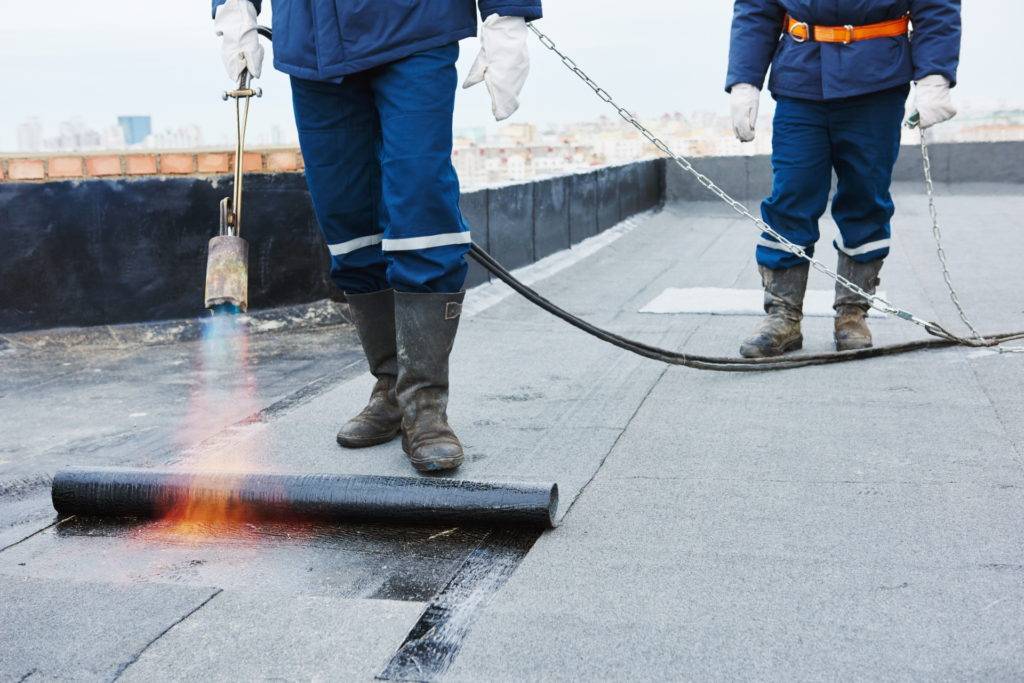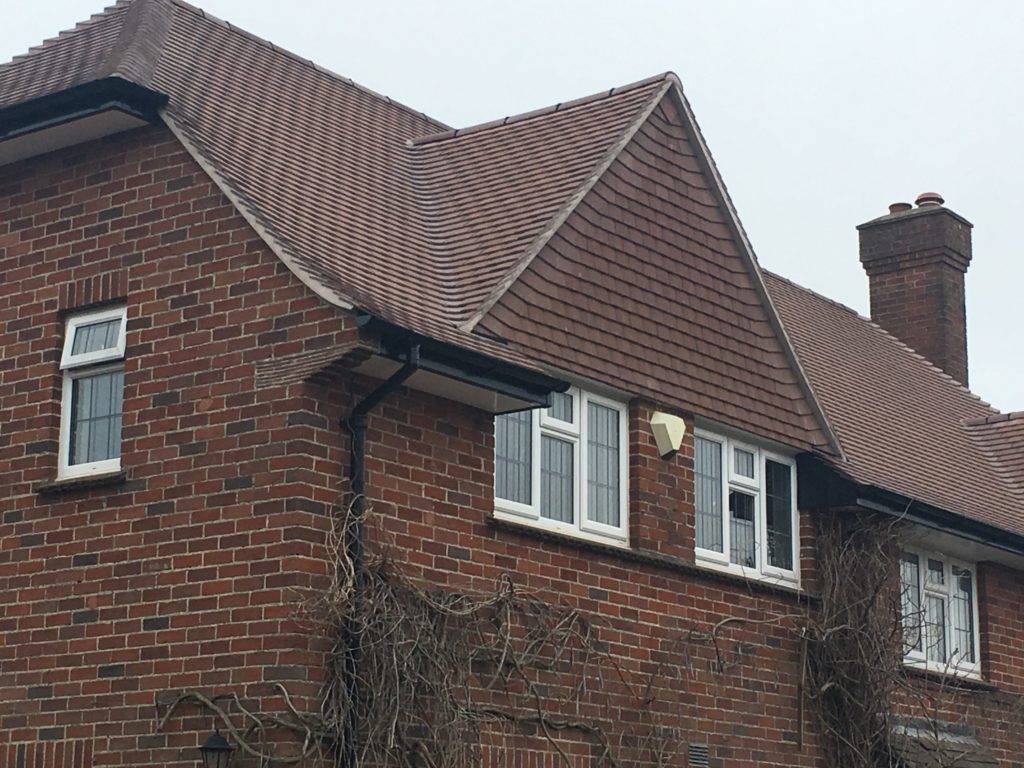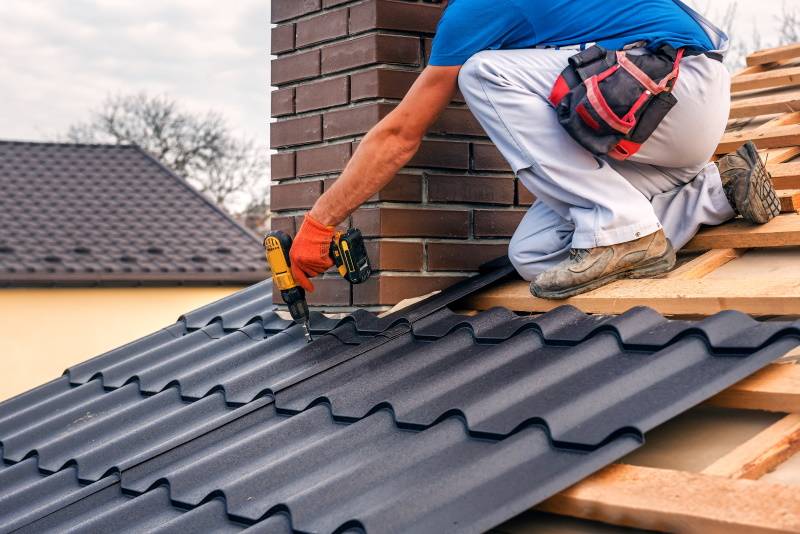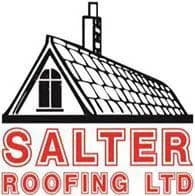Heat rises, and so does the number of questions we receive relating to roofing and energy efficiency. After nearly two years of financial uncertainty caused by the pandemic, and many people spending more time at home, reducing energy bills is a high priority. Your roof could be costing you hundreds of pounds in wasted energy over its lifetime. So, we’ll be answering all those nagging queries and offer up some advice for getting the best from your roof system.
Flat vs Pitched Roofs – Which is More Energy Efficient?

Flat roofs are typically more energy-efficient than pitched; particularly older varieties. This is largely due to the thermal properties of the materials they are made with, as well as the insulation used. Additionally, flat roofs occupy a small surface area, allowing less heat loss. However, that isn’t to say that you can’t conserve heat with a pitched roof through the use of effective insulation.
How Can I Improve The Energy Efficiency Of My Roof?
One way to improve the energy efficiency of your pitched roof is to ensure that the insulation underneath is adequate. The recommended depth for glass wool insulation is between 250-270 mm. However, in older properties, this depth is often not met, which could be costing you money!
Should I Repair or Replace My Roof?
This question depends on many variables and the answer will be unique to the individual. When deciding whether to repair or replace your roof, consider:
- Roof Age
- Roofing Material
- Existing Warrenties
- Insurance Cover
- Extent of Damages
- Your Budget

If you have a relatively new roof, with minor damage, then repairing it can be relatively low cost and long-lasting. You can arrange repairs quickly and it enables you to maintain otherwise sound surfaces. However, if your roof has seen its best years, sustained substantial damage, or is not compliant with the latest building regulations, then a replacement is likely to save you money in the long term. Not to mention, it is a golden opportunity to discuss energy efficiency with your roofer.
Can A EPDM Rubber Roof Help Cool My House Down?
Despite the English climate, there are still many homes that feel uncomfortably hot; particularly in the summer months. While insulation is essential for preventing excessive heat loss, EPDM rubber roofs can help to repel external heat and stop temperatures in your home from rising exponentially. As a result, you can open fewer windows and run fewer fans, reducing your household energy expenditure. Plus, they’re 100% recyclable, meaning you will be doing your part for the environment too. So, while EPDM roofing won’t actively cool your home, it CAN help with temperature regulation in the long term.
Call Salter Roofing for Energy Efficiency & Roofing Solutions

You are welcome to contact the team at Salter Roofing with all your questions about roofing and energy efficiency. With many years of experience, we can provide expert recommendations regarding material choice, insulation enhancements, waterproofing, repairs, and other aspects that can improve your home both aesthetically and financially! Call us on 01392 875 727.
